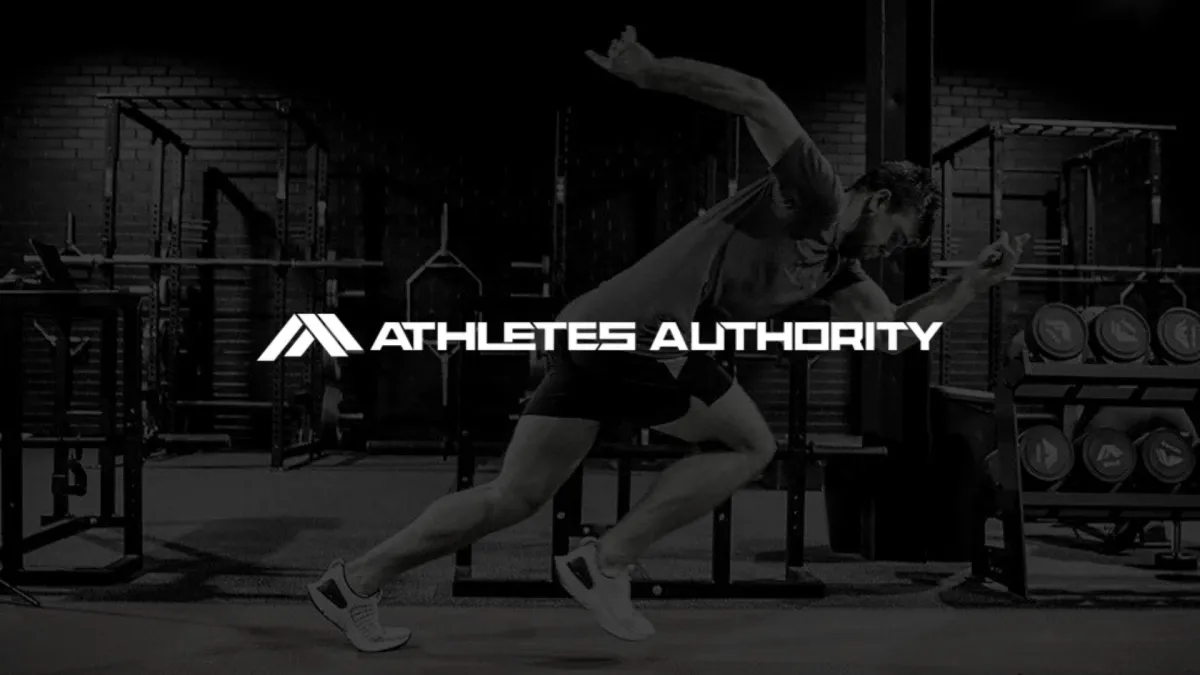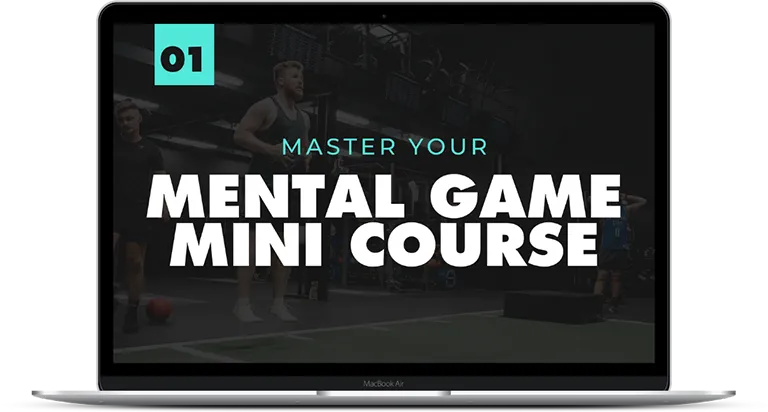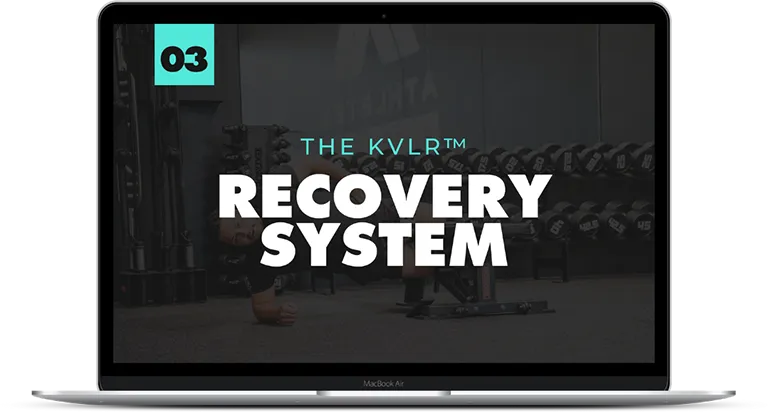Athletes Authority
The blog

How Eccentric Training Makes Athletes Stronger & More Powerful For Sport
Utilising Eccentrics In Your Training Program For More Strength & Injury Resilience As An Athlete
Eccentric actions refer to an athlete’s muscle belly that is resisting the act of lengthening; the muscle is exerting force while being lengthened. Imagine a tug of war against someone much larger than yourself… you are resisting movement, but inevitably losing ground. It’s also been called the yielding action (as opposed to the overcoming action which refers to the actual lifting of the resistance), and more colloquially coined the ‘negative’ in training programs worldwide.
Athletes will find themselves doing eccentric training in most free weight exercise. However, and that is a BIG, however, because concentric strength potential (the maximal force you can apply concentrically) is significantly lower than the eccentric strength with the same load, the yielding portion is never fully exhausted. In layman, the relative weakness of
the concentric prevents a complete overload during the eccentric portion of the exercise. In this way, athlete’s are often not getting the full benefit from eccentric training.
As we’ll soon explain, it is the yielding portion of an exercise which gives us the great bang for our buck for athlete development and shouldn’t be overlooked.
This is not a revolutionary concept. I first learned of the true value of eccentric muscle action through pioneer strength and conditioning coach Cal Dietz, who has gone on to write an incredible book called triphasic training, of which some of these methodologies have been adapted from.
For an athlete seeking maximum results, you should plan training methods around emphasizing eccentric overload. However, with positives come drawbacks. We’ll address those too and provide a solution as to how to overcome these limitations.
ECCENTRIC STRESS AS A SUPERIOR STIMULUS FOR STRENGTH IMPROVEMENTS
It’s been awhile since we’ve known that the yielding (eccentric/negative) portion of an exercise is responsible for more strength gains than the overcoming (concentric/positive) portion. A famous study by Hortobagyi and co found that of two groups, either assigned to eccentric-only or concentric-only training, the eccentric-only group greater gains in strength over a 6 week period.
And by strength, that was not just within the muscle action that the intervention was applied, but the sum of eccentric, isometric and concentric strength. The total strength improvement of eccentric training was 85%, while concentric only resulted in a 78% improvement. Furthermore, this study used submaximal yielding actions and maximal overcoming actions. As mentioned earlier, the capacity for the human system to apply eccentric force can be up to 140% greater than of the concentric counterpart, but in this study, the load used was relative to 1RM concentric strength. Surely this tells us a lot about the potential of eccentric strength training, at least when maximum strength gains are the primary concern – which, for most athletes, should be a concern for at least some portion of the year.
These findings are in accordance with the body of scientific literature on the subject.
“A resistance training protocol which includes eccentric as well as concentric exercise, particularly when the eccentric is emphasized, appears to result in greater strength gains than concentric exercise alone.” – Hillard-Robertson
ECCENTRIC STRESS AS A SUPERIOR STIMULUS FOR MUSCLE GROWTH
Eccentric stress doesn’t only positively augment strength. In one study by Higbie and his co-researchers, eccentric only training had a 1.6% improvement over a 10 week period in muscle mass compared to the concentric only group. If we were to assume there are four main training blocks per calendar year, the combined improvement if these gains were to continue in a linear fashion would be 6%. For those chasing body composition changes, or those who are wanting to move up a weight class, a 6% increase is nothing to scoff at. More recently, a quote from Fathing and Chilibeck summarises the message perfectly.
“Eccentric training resulted in greater hypertrophy than concentric training.”
WHY IS ECCENTRIC TRAINING MORE EFFECTIVE?
There isn’t just one reason.
Eccentric training is responsible for the majority of the micro-trauma that is endured within the muscle cell. It is this micro trauma which appears to stimulate the synthesis of protein tissue, or in layman terms, initiates the muscle adaptation process.
Because you can use a higher external load during maximal eccentric training, you provide a greater overload to the tissue than what is capable with concentric training alone.
Neural adaptation to eccentric training are enhanced over concentric training.
The motor unit is placed under a high amount of stress during eccentric training as a result of a greater relative stimulation. During the yielding portion of the repetition, a reduced amount of motor units are recruited, meaning each motor unit that IS recruited receives much more stimulation.
Eccentric training is safer and more effective at treating tendinopathies. This makes it a more appropriate form of training for injured or returning athletes who have suffered from tendonous injuries.
IN LAYMAN TERMS, WHAT DOES THIS MEAN FOR ME?
By not controlling the negative phase, or not contracting the yielding tissues as you lengthen them, you are missing out on an important training stimulus. You are effecting your strength gains, musclular growth, tendon training, and the opportunity to condition yourself to heavy loads.
WHAT ARE SOME STRATEGIES TO THAT I CAN APPLY?
Timed eccentrics
This is perhaps the simplest method. We wouldn’t advise using this for all exercises, but it could be great to supplement your major lift, or used as ‘back off’ sets after your working sets with your primary lift. It could also be used as your major lift, given the right intensity (load) is used. Be sure to move the weight explosively back to the start position during the concentric phase.
Load (%) 1RMEccentric Length (Time)Number of Reps Per Set854180617582701026512360143
Negatives-Only
Negatives are commonly used at the end of a normal set to overload the tissue. That’s definitely one way to utilise negatives, but they can also be done in isolation as a set themselves. We suggest using a load that is between 110 and 130% of your
maximum on a certain lift when performing negatives. Anywhere from 3-10 reps of this should suffice in one workout. Obviously, you need to use a spotter, and a competent one at that. This is an advanced technique and should be carefully considered before applying.
Load (%) 1RMEccentric Length (Time)Number of Reps Per Set125-13041120-12562115-12083
Two-Up, One Down
This technique can be used quite effectively with exercises such as the single leg box squat, leg press, calf-raise machine, RDL, Seated Row, It’s likely to work with most machines you’ll find in the gym. The way it works is pretty simple: you lift the weight (overcoming/concentric portion) using both limbs and you yield with the weight using only one limb. By following this protocol, the load during the eccentric is twice as high as during the concentric. While it should feel easy with both limbs, it should be a challenge with one. 3-6 reps per limb, per set, is a great place to start.
When Should I Use Eccentrics?
Because of the increase in mechanical load — otherwise known as ‘Time under Tension’ — eccentrics are best used earlier in a training phase outside of competition. Integrating high-volume eccentrics with large sprint loads may impact performance, increase perceived fatigue and, increase the risk of injury. Subscribing to the philosophy of the ‘minimum viable dose’ is something that will serve you well here.
Are you hungry for a competitive edge? Unlock a new level of athleticism Click here to learn more
Our resources

Master your mental game Mini Course
Discover the mindset strategies of the World’s Greatest Athletes so you can turn your mind into a weapon of performance.

THE ATHLETES AUTHORITY RECOVERY SYSTEM
Performance = fitness – fatigue. Reduce your fatigue and recover faster with our 3-step recovery system.
QUICK LINKS
CONTACT US
GYM HOURS
Open 5am-Midnight 7 days.
MELBOURNE LOCATION
SYDNEY LOCATION
© 2023, Athletes Authority | All Rights Reserved
Website & Marketing Powered By Gymini

